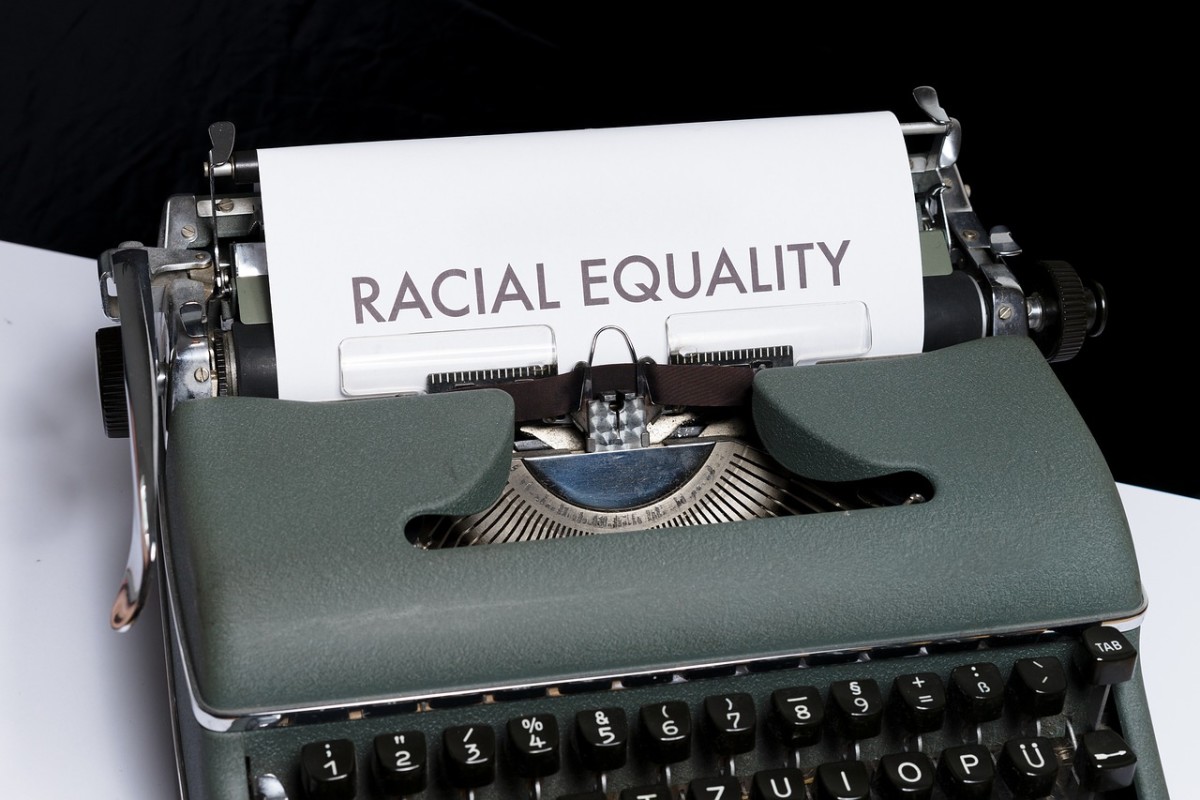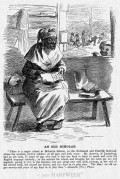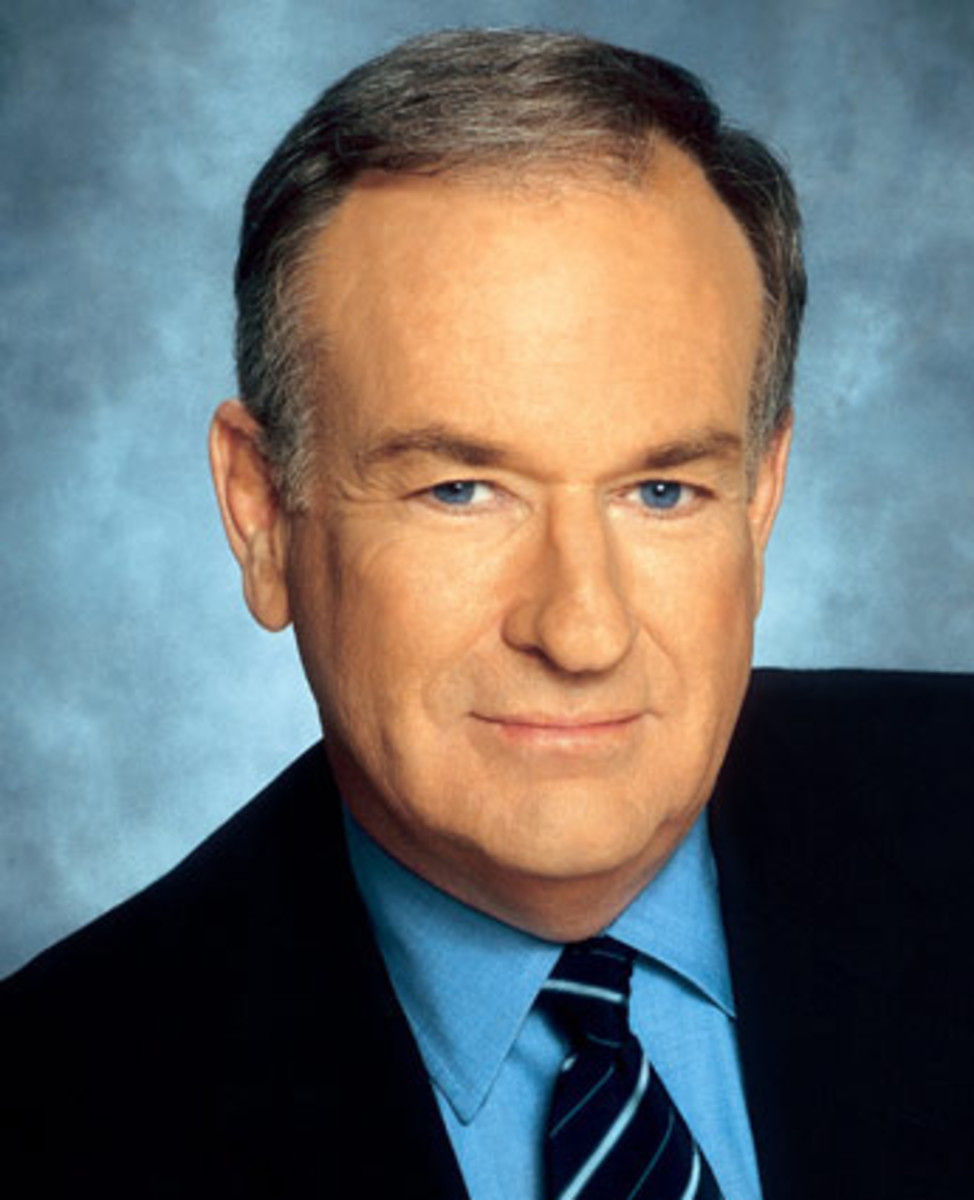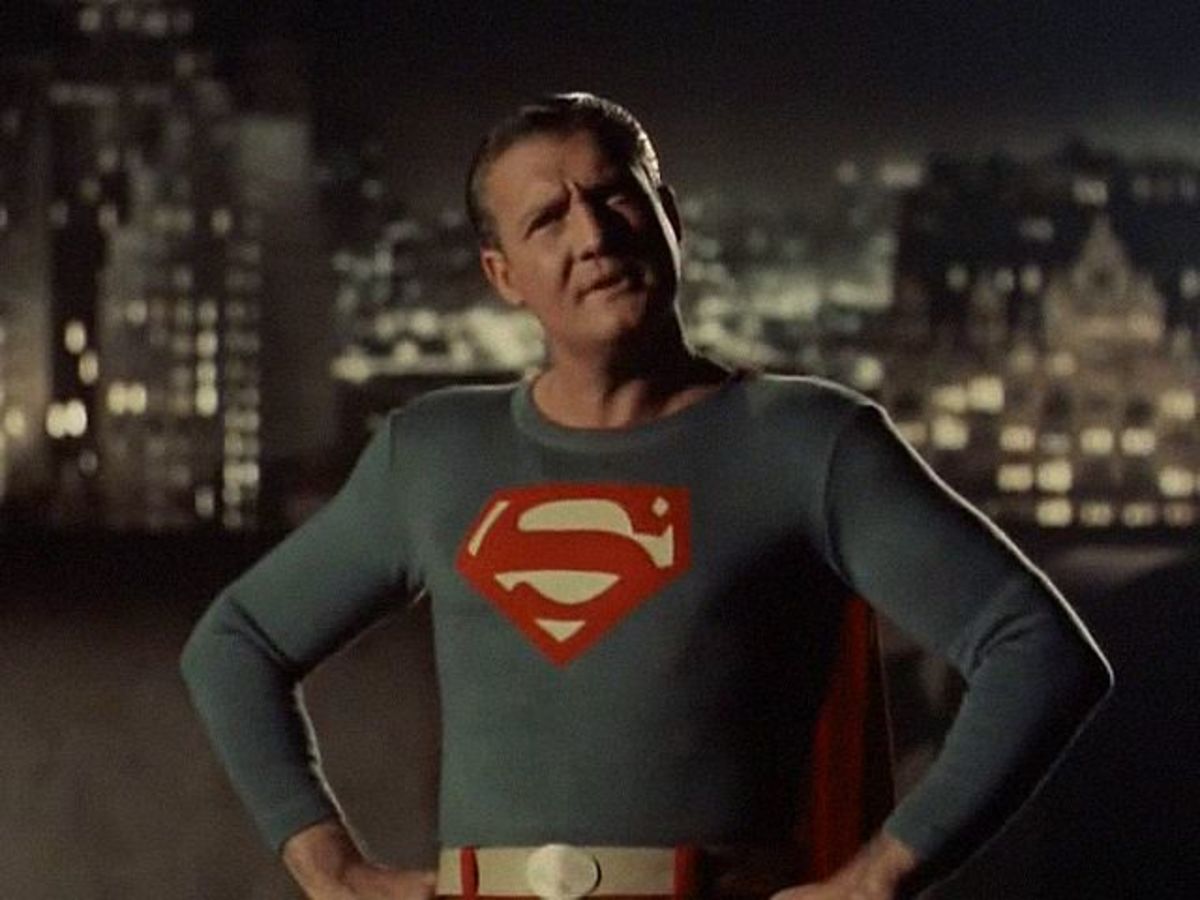Reminiscing on the Man of Scat
Benjamin Sherman “Scatman” Crothers
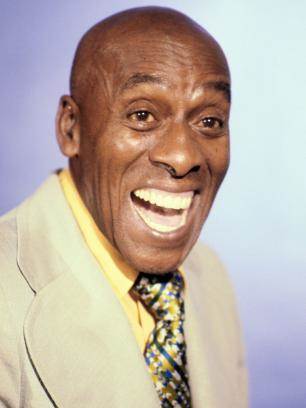
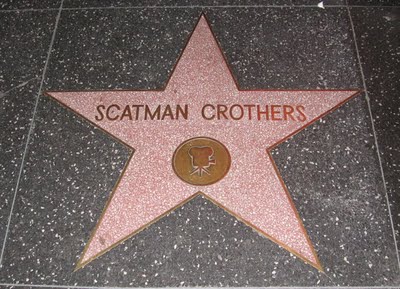
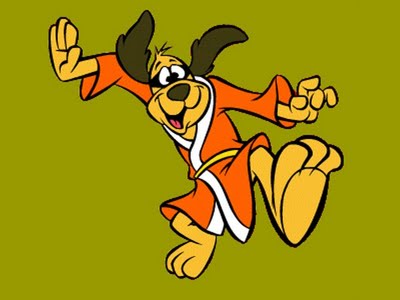
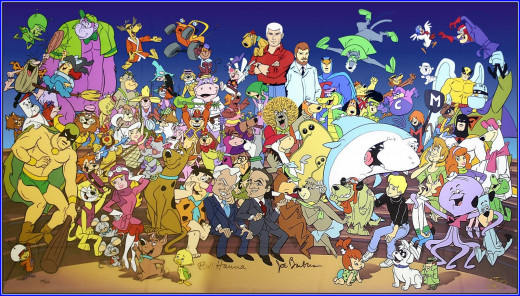
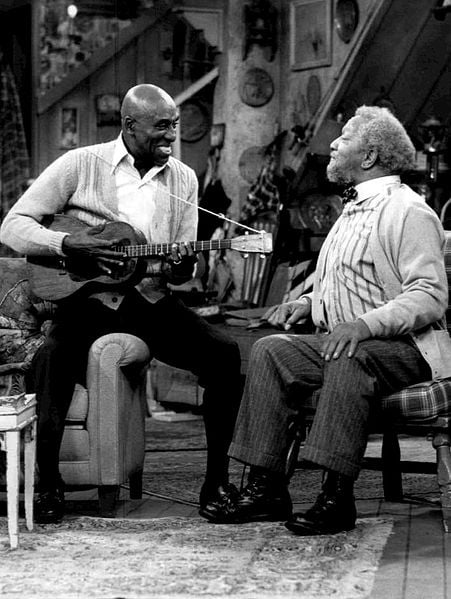
Preface
One of my favorite childhood memories from the seventies is sitting down to watch the Saturday Morning cartoon show lineup. At that time most of the animation on television was made by Hanna and Barbera, a cartoon dynamic duo responsible for thousands of great characters such as The Flintstones, The Jetsons, Scooby Doo, Yogie Bear and so on. I loved them all, but my most favorite was an obscure urban hero named Hong Kong Phooey. This canine was kind of a cool version of the Get Smart character, but could really chop things up with his karate and kung fu grip. The character was a bungling crime stopper who somehow always managed to get his man, but never the girl. I appealed to this character not because of his sappy antics; rather because his tender nature that seemed to be manifested from the personality of the person who was the voice of character, Mr. Scatman Crothers. Scatman was much more than just a voice. To most African American children he was everyone’s “grandpa” always willing to lend a word of encouragement or cheer you on to a bright smile to match his famously jovial grin. His kind heart and loving spirit shone through in everything he did, regardless of the topic. That’s who Scatman was, a real cool cat putting it down in a gentle way no matter how “heavy” the topic.
Mr. Benjamin Sherman “Scatman” Crothers was a multi-talented and multi-faceted entertainer. He was a kind of “one-man-show” genius who worked in the elite ranks a result of his exceptional abilities in comedy and music. He started his career at fifteen performing in a speakeasy band in his hometown of Terre Haute and progressed to performing on radio programs and in night clubs. It is said he even entertained the likes of Al Capone. It was in the twilight of his life when his career reached its peak with him appearing regularly in bit parts on television and in cinema. He worked so much you could actually see him on television several times a week appearing in Chico and the Man on one night and the next in guest spots, such as Sanford and Son.
Through his tireless efforts he became a celebrated pioneer helping to end typecasting in roles offered to African Americans in the world of entertainment. He took his duty to heart and humbly endured years of hardship as a result of the hindrances of pigeon-hole politics and racial discrimination. Finally, in the years just before his death, he triumphantly began to secure roles that defined him as a man of talent, instead of mocking him for his race. As a result, he helped to break the color barrier for African American actors who succeeded him. Many actors today stand tall in successful careers as a result of being propped upon this man’s talented shoulders.
It isn’t my intent to memorialize or write Scatman’s biography, because I really didn’t know enough about him and what I did know was controversial. I had hoped to find out more of who Scatman really was before I took pen to paper. Possibly learning his take on how he might have felt about the subject of race relations, but I couldn’t find enough anecdotal information to formulate a proper account of his life. If you would like to learn more about him, here’s a great summary of Scatman’s life as told by Wikipedia. Also, I located a so-called comprehensive publication on Scatman called, Scatman: an Authorized Biography of Scatman Crothers, published in 1991 by author, James Haskins; but to my disappointment the literary reviews were dismal. Dan Bogey, in an editorial review written in 1991, revealed that “…this work captures little of the wit and energy of the man, offering barely more than a laundry list of his many performances. The racism Crothers encountered is only hinted at and the problems he faced in an interracial marriage received sparse treatment.” Therefore, I am sorry to say that I had to press on using the few facts I do have.
Slaughter's Big Rip Off (1972)
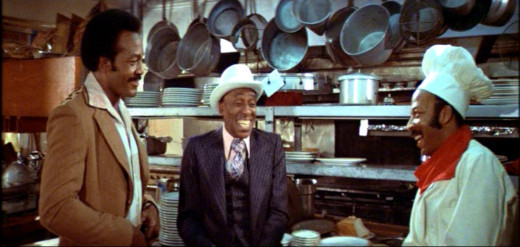
Scatman in Blaxploitation Films
Back in the day, Scatman had a bad reputation among some African Americans who disliked his methods when portraying the African American persona. Most of his acting roles consisted of him being a pimp and gangster or some insignificant laborer. Growing up, I heard opinions that Scatman was a “sell-out”, an “Uncle Tom” who single-handedly disbanded the Civil Rights movement by soft-shoeing, scattin’ and banjo-playing Black folk right back to the days of cotton picking. Although I wasn’t completely convinced of this attitude, it left an indelible mark in my mind and a sour taste in my mouth. In Scatman’s defense, I saw it as pompous that no one ever gave him the benefit of the doubt by considering these were the only roles being offered to Blacks at the time.
If you are familiar not with the term “blaxploitation”, it describes cheaply made films that exploited elements of the African American culture strictly for monetary gain. The films’ cast was usually made up of predominately Black actors who never received the benefit of formal training and were placed in cheesy action roles. Just imagine a Black Arnold Swartzeneggar in any of his movie roles, less the pyrotechnics and special effects. Reviews of the tawdry and violent content by African Americans were mixed. Some young people saw of the actors as role models, while older people felt the movies were contemptible and insulting to the African American race.
One of my favorite blaxploitation films is “Slaughter’s Big Rip-Off” (1972), starring Jim Brown. Scatman is also in this movie playing a hard hitting mafia mogul with the “hook-up” on guns and money. I’m sure Scatman’s participation in this type of movie probably didn’t help to endear him to some African Americans. Check out his slick outfit from back in the day in the picture above. We used to say a cat dressed like that was a “Clean, mean, dancing machine”!
You’ll have to come to your own conclusions as to why Scatman would choose to belittle himself in such lowly roles, but I speculate to him any role was better than none. I assume it was just a way to pay the bills and as stay connected with the other acting “brothers”, considering opportunities in Hollywood were far and few in between for African Americans. One glaringly obvious fact about Scatman’s career is that he wasn’t very judicious when choosing any of his roles, regardless of it being an “A” or “B” movie. For example, his part in “Slaughter’s Big Rip-Off” was over in just one scene and lasted only a few minutes.
Scatman Crothers as "Dick Halloran" in The Shining (1980)
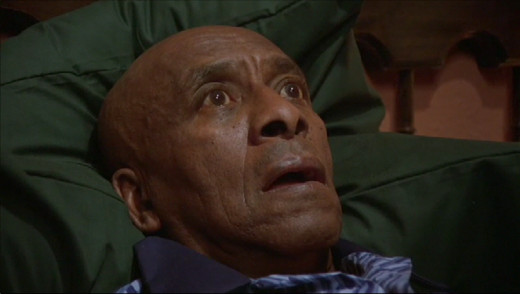
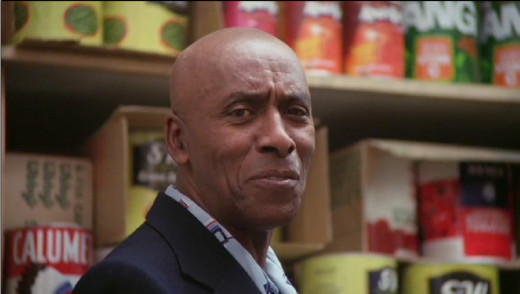
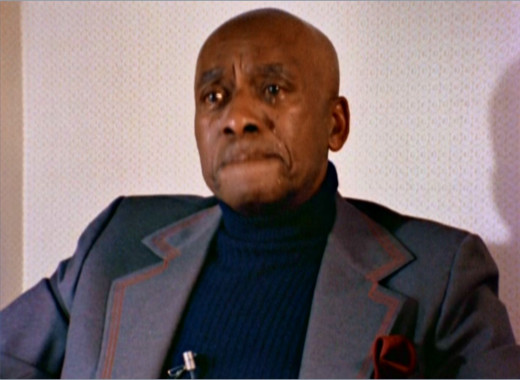
Scatman’s Terrible Experience While Filming the Shining (1980)
I own a two-disc special edition of this movie. It comes with the movie including a special feature segment and a second DVD of special programs centered on the movie. Specifically, the latter contains a documentary film called, The Making of the Shining, directed by Vivian Kubrick (daughter of Stanley Kubrick), and was produced by the BBC. In fact, it inspired me to write this hub. In particular, both DVDs comment on the scene where Scatman (Dick Halloran) is introduced by the hotel manager to Mrs. Torrence and her son, Danny (played by Shelley Duvall and Danny Lloyd). In opening, Mrs. Torrence excuses herself to meet with the manager and leaves Danny alone with Mr. Halloran. The time alone gives Halloran an opportunity to bond with Danny and explain their powers to shine.
What is poignant about this particular seven-minute scene is the fact that it was shot 148 times. In the commentary, the camera operator remarked that the scene is legendary for setting a record for obtaining the most close-up takes in one scene. This record still stands today. What made things worse was every subsequent scene involving Scatman was conducted in the very same punishing style. To be fair, it was Stanley Kubrick’s methodology to force actors to take their acting ability over the top by insisting on take after take. Unfortunately, he gave very little direction and just kept shooting the scenes over and over until the actors were spent, witless and had nothing left to give. This is supposedly when the “real” acting would begin.
The camera operator interjected that, “No one could understand exactly what Stanley wanted. Scatman gave and gave every time until he finally exclaimed, “What do you want Stanley?” It was when he began to weep that Stanley might have begun to feel a bit guilty and finally ended the torment.” The commentator then surmised that Scatman must have thought that bringing tears to his eyes was the only way to make it all stop. Vivian Kubrick, in her documentary confirmed Scatman had been overwhelmed, but always practiced an even-temper. She said he remained the quintessential professional all the while enduring the drudgery. An interview conducted immediately by the BBC at the completion of this scene supports her observation, but it also clearly shows Scatman had been seriously tested. As he sat down before the interviewer tears were still streaming down his cheeks. One thing I am sure of, Scatman was too proud of a man for such antics. Obviously, if the tears had been faked, he would have stopped crying prior to the interview in order to save face.
Interviewer: “Did you find it enjoyable working with this little boy?
Scatman: “It was beautiful. Just like…my son. (He momentarily pauses to clear a knot in his throat and tries to catch his breath. He is fidgeting madly and gesticulating wildly.) “If you see tears, it would be tears of joy. Cause’ I thank the Lord to be here and was able to work with such beautiful people. I’ll never forget this.
It should be noted that Kubrick steadfastly fought against Scatman’s participation in the movie. Vivian Kubrick explained in the commentary that Scatman had inappropriately persuaded Jack Nicholson to help him obtain the part. Kubrick had other ideas for the role and wished to hold an open casting call, since he regarded the part as extremely important. It is clear if it hadn't been for Scatman’s close friendship with Jack Nicholson, he would not have been considered. One can only assume Scatman paid a serious price in exchange for a place in this movie. Whether or not Kubrick was being a bully or a racist…well, you be the judge but remember, it was a price never to be repeated again by any other actor.
- FYI, Scatman and Jack had also appeared together in The King of Marvin Gardens (1972), The Fortune (1975), and One Flew Over the Cuckoo’s Nest (1975)
Coonskin (1975)
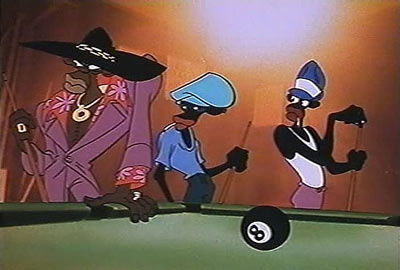
Scatman Starring in the Controversial Animated Movie, “Coonskin” (1975) (It was renamed “Streetfight” and “Bustin’ Out” for redistribution.)
Coonskin is an animated/live action film which was written and directed by Ralph Bakshi and based loosely on the Uncle Remus storybooks. The plot is about an African American rabbit, fox and a bear who gained control of the organized crime syndicate in Harlem. Along the way they tangle with a cast of sketchy characters such as corrupt cops, con artists and Mafia types. The intention of the movie was to satirize racist stereotypes and the blaxploitation genre by rewriting existing offensive material (such as Disney’s, Song of the South) in a way to empower African Americans to take ownership of the negative and transform it into a positive. However, the plan backfired and created such a resounding backlash that many protested before the movie was even released. The film’s use of racial slurs and vulgar animation of the African American physic obscured the director’s innocent sentiment of trying to encourage African Americans to embrace the negative. African Americans rightfully objected to being drawn in the “darky” iconography of giant white lips, huge breasts, big feet and enormous backsides. They also took offense to the depiction of Blacks as having poor language skills and promiscuous tendencies intermingled with true references to African American culture.
Scatman really put his foot in it when he agreed to lend his voice talents to this movie as the characters of Pappy, Old Man Bone and several other additional voices. The movie was made at a time when many young Black people were already mistaking his buoyant demeanor and infectious smile as phony. Most thought it was merely an act to please white people. This ancient contention harkens back to the days of slavery when a slave owner considered a “good” slave to be one who was always happy and would never complain. I am sure it wasn’t Scatman’s intention to offend; but I do think he should have at least anticipated that his participation in this film would certainly intensify the suspicions of some and affirm the opinions of others that he was a “sell out”, even if he wasn’t. A possible explanation could have been that Scatman was from the “old-school” way of thinking where “honey is sweeter than vinegar”. He believed, as older Blacks did at the time, that the sign of a true man is a man who can hold his temper and remain civil regardless of the amount of contempt inflicted on him. He just wasn’t the type to instigate controversy.
Scatman aggravated the issue further in a song he wrote and performed in the opening credits called, “Am a ni**aman.” The song is executed exceptionally well in his classic showmanship of scat and guitar strumming. Upon hearing it, anyone with a knee jerk reaction could misinterpret Scatman to be mocking himself and his race; however, IF YOU LISTEN TO THE LYRICS CLOSELY, you become aware that this Scatman’s anthem to the African American man or woman describing him/her as hardworking, long-suffering, hopeful and steadfast. As with the movie, the idea for the song was also to reverse the polarity on negatively charged inferences contending Blacks to be dumb and lazy. It was supposed to transcend these insults into something beautiful and make life worth holding your head up high for.
In the end the movie flopped due to the relentless efforts of CORE (Congress of Racial Equality) led by the Reverend Al Sharpton. The director, for his part, took the whole incident as a personal attack, believing he had created a work of art and thought the film would serve as a vehicle that could incite discussion towards racial harmony. I can only contend that if this movie had been made now, African Americans might have been in a better mood to receive it since much of the stigma of slavery isn’t as rampant as it was then. For instance, when I walk down the street, I no longer hear shouts of “Go home ni**er!”, even though they still may be thinking it.
In seventies and eighties, the ridicule was really bad. Racist paraphernalia and media were extremely prevalent in main stream culture. It was no big deal to walk into a shop to find “Mammy and Pappy” cookie jars, salt shakers and other bigoted kitchen kitsch along with the beloved “Golliwog” character fashioned into dolls and animated in children’s storybooks, pop art and greeting/post cards (just to name a few). I found the black lawn jockeys most troubling, since people decorated their front lawns with them. The owner of the home seemed to say, “Yes, a racist lives here and I’m proud of it!” By the way, believe it or not this offensive stuff is still around and available for sale today; it’s just not put out for public viewing. Go to Ebay and search the term “golliwog” to learn for yourself. It’s really hard to perceive how anyone could see the bright side of anything when the dark side is relentlessly punching you in the eye.
SCATMAN CROTHERS
I would like to send my condolences to the Crothers family, relative of the late Scatman Crothers.
When I was in the fifth grade, I had the distinct pleasure and honor of meeting this gifted man at Balboa Park, San Diego. He had on this silver metallic suit and that famous grin on his face as he came up to me and a small group of my friends. He was in the midst of talking to some performers who were in the movie, The Deer-hunter, and when he saw us, he didn’t hesitate to speak to us, a plate of food still in hand.
I asked him to sing the theme song of Hong Kong Phooey, the cartoon for who Mr. Crothers was the character’s voice. He sang this to us and then asked us some questions.
I told him that when I grew older, I wanted to make movies, and he smiled at me, eyes sparkling. He told me to work hard, never give up and to make movies because I wanted to make people happy, and not to just make a lot of money. I then asked him if he would like to appear in my first production, and he said it was a deal. We shook hands.
I then began sneaking pineapples from off his plate. He turned around and patted my head, giving me his plate.
“Yes, I think you have the potential to make great movies. You stay dedicated, go to school and listen to your heart and no one else, you’ll go far.”
When it was time for us to leave, he waved and I called out to him.
“Don’t forget our deal, Scatman. You’re gonna be in my first movie!”
I am now 18, and it was a total shock to me to hear that he had passed on. But his words of encouragement still stay with me, and all the other children he came to know that day.
I still plan to movies, the first one I get to will be dedicated to his memory.
And so to the Crothers family, I say this; Scatman will always remain an inspiration to me and a loving memory to be appreciated. This man believed in me, and shared a part of himself to an unknown eleven-year old, pineapple thief because he cared so much about his craft, and the people it brought joy to. As long as he is in your heart, he’ll always be with you. God Bless you, Scatman. I know you’re smiling down at me.You still owe me one, buddy!
LISA LASAUNE BENNETT
San Diego, Calf.
Final thoughts on Scatman
Setting his mistakes aside, Scatman was a man who loved all and wanted to be loved by all. No one can fault him for that. We all are human; bleeding the same blood, breathing the same air and facing the same life’s disappointments (although some more than others).
Today racism is still a strong hindrance in the lives of most African Americans, but many things have definitely changed for the good. Blacks have more opportunities in television and cinema. Also an African American elected as president doesn’t hurt either. I can remember a time when Blacks were hardly ever on television and they were never depicted showing affection towards one another. I will always attribute Scatman (along with many other Black actors and actresses) for changing the tide towards the better. We still have a long way to go to reestablish our lost culture, but maybe one day soon we will finally find a place to fit in thanks to Scatman.
I leave you with the final thoughts of another who loved Scatman as much as I. This is an excerpt from Letters to the Editor,Ebony Magazine, March 1987. I think it sums up the great man best:


